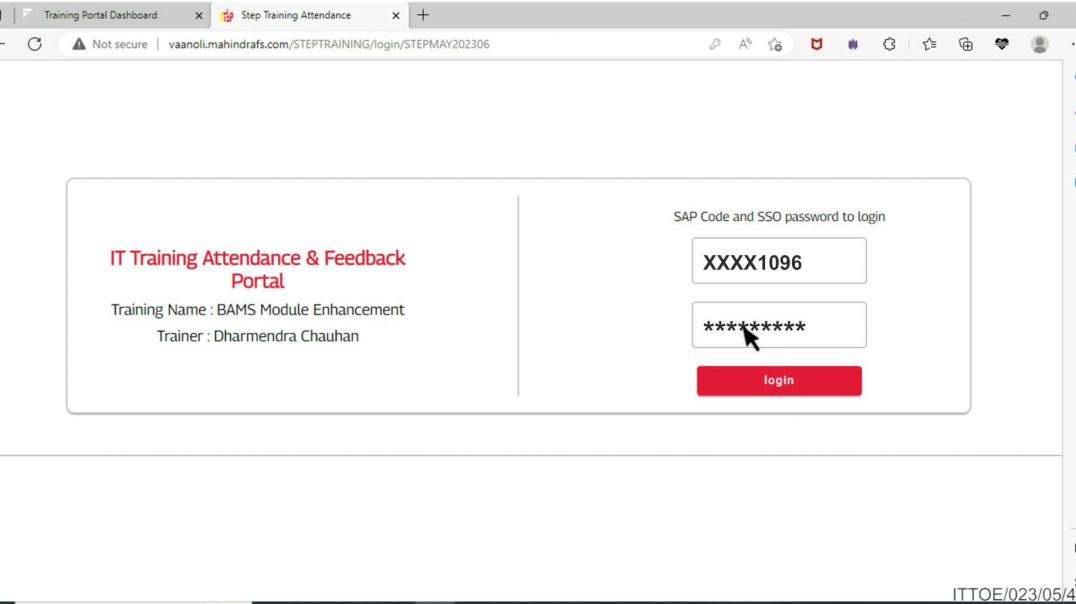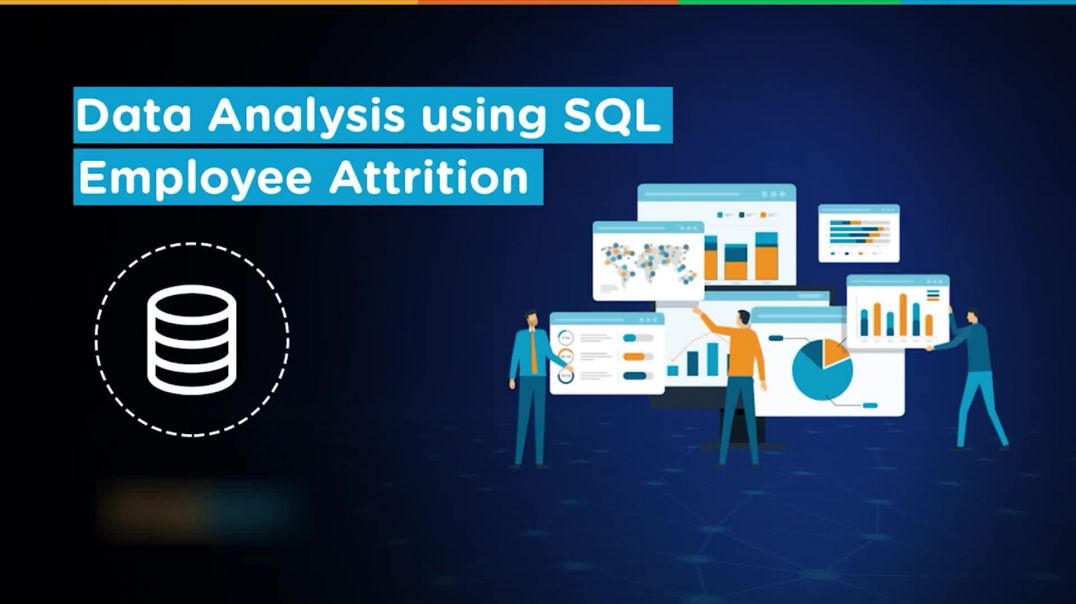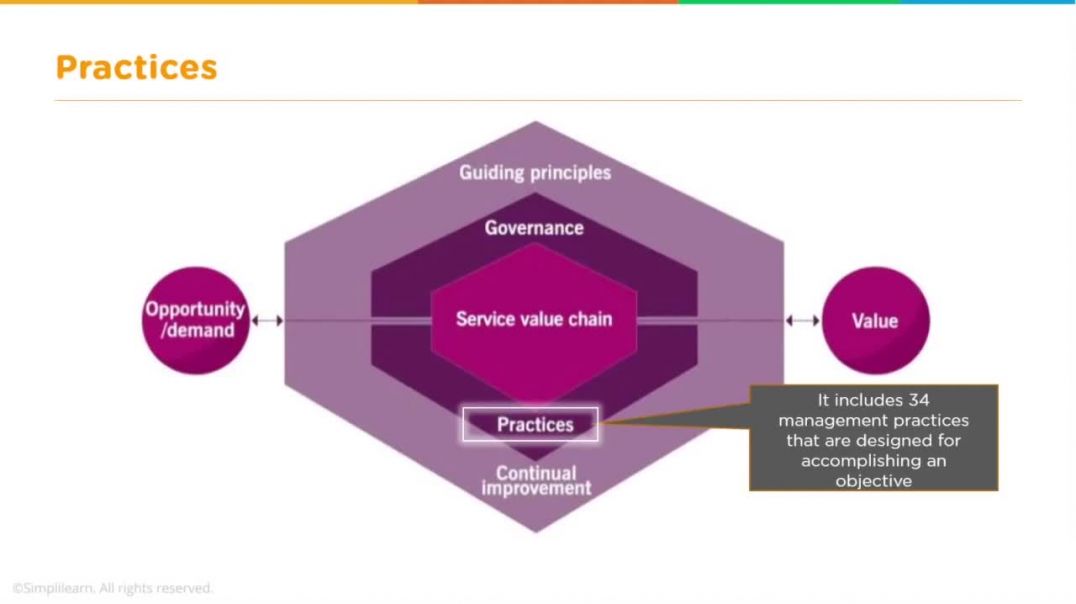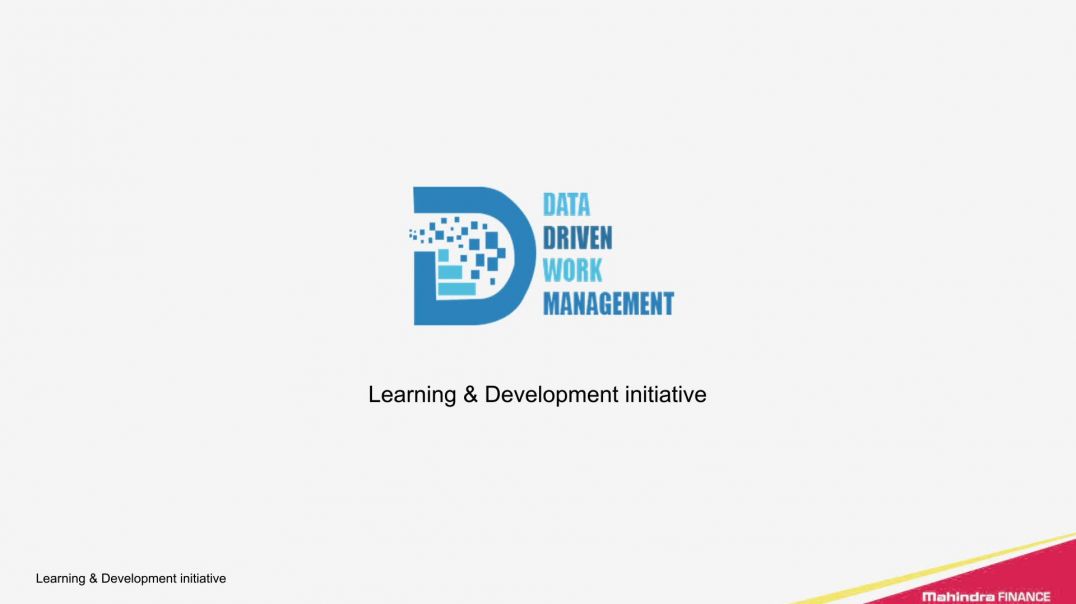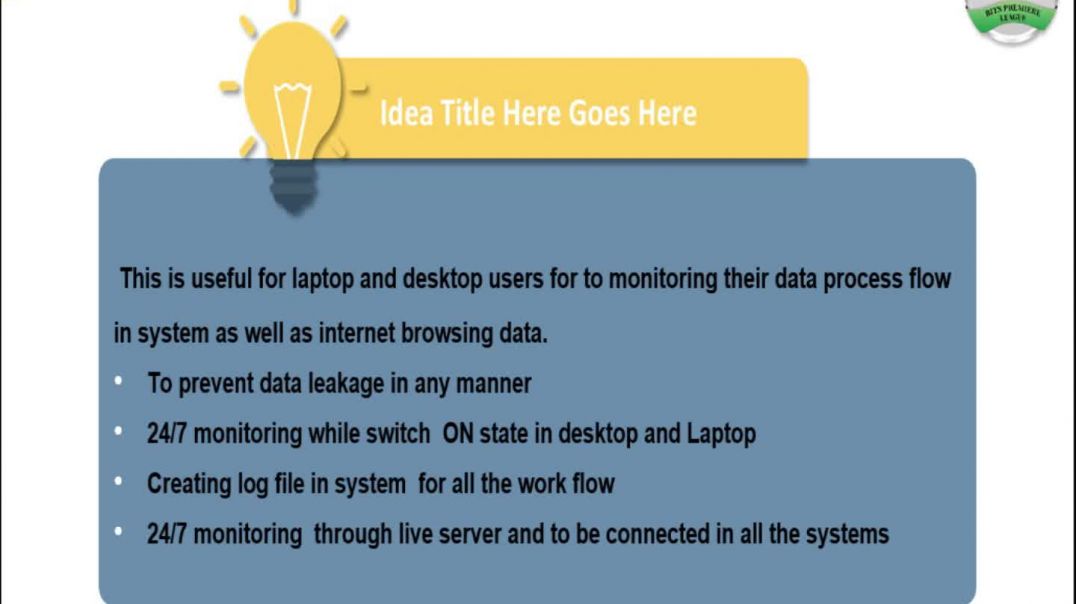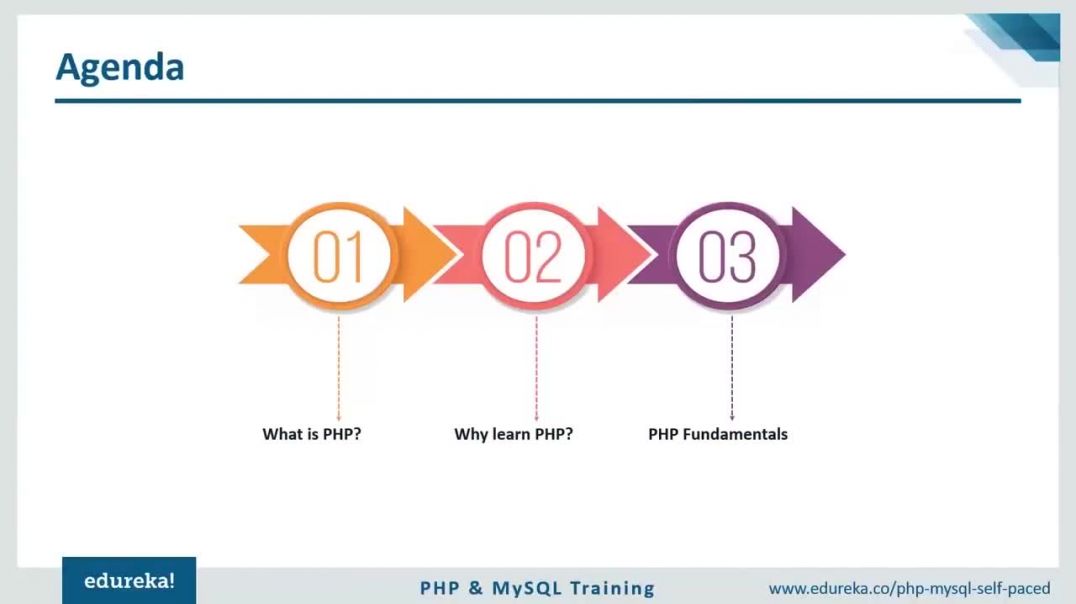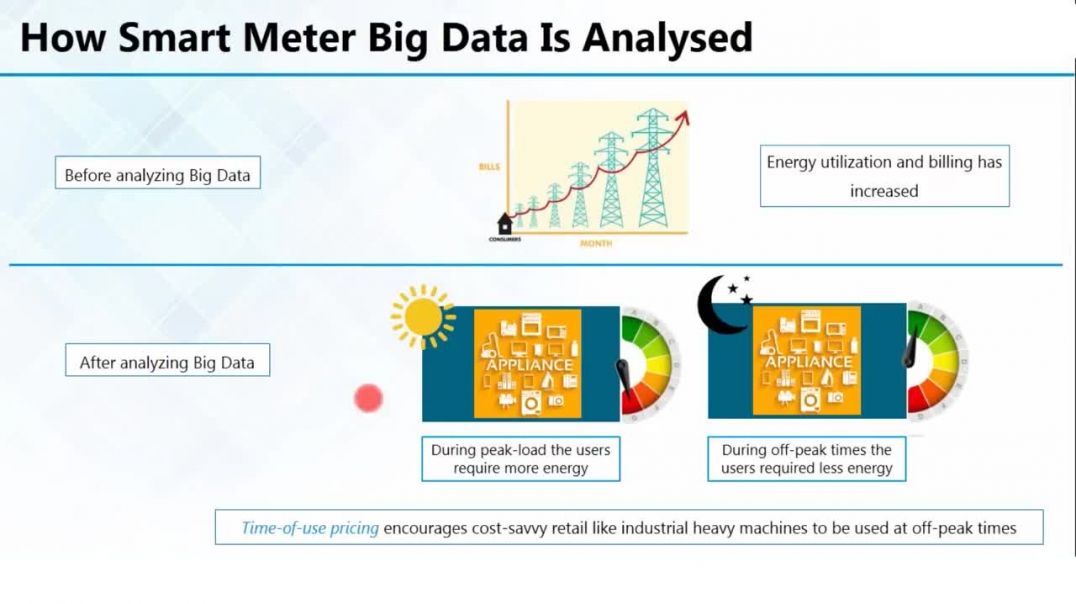
यह निजी वीडियो है, बस प्रकाशक इसे देख सकता है।
What Is Big Data | Big Data Tutorial | Hadoop Training निजी वीडियो
The term “big data” refers to data that is so large, fast or complex that it’s difficult or impossible to process using traditional methods. The act of accessing and storing large amounts of information for analytics has been around a long time. But the concept of big data gained momentum in the early 2000s when industry analyst Doug Laney articulated the now-mainstream definition of big data as the three V’s:
Volume: Organizations collect data from a variety of sources, including business transactions, smart (IoT) devices, industrial equipment, videos, social media and more. In the past, storing it would have been a problem – but cheaper storage on platforms like data lakes and Hadoop have eased the burden.
Velocity: With the growth in the Internet of Things, data streams in to businesses at an unprecedented speed and must be handled in a timely manner. RFID tags, sensors and smart meters are driving the need to deal with these torrents of data in near-real time.
Variety: Data comes in all types of formats – from structured, numeric data in traditional databases to unstructured text documents, emails, videos, audios, stock ticker data and financial transactions.
• Evolution of Data
• What is Big Data?
• Big Data as an Opportunity
• Problems in Encasing Big Data Opportunity
• Hadoop as a Solution
• Hadoop Ecosystem
Why Is Big Data Important?
The importance of big data doesn’t revolve around how much data you have, but what you do with it.
You can take data from any source and analyze it to find answers that enable 1) cost reductions, 2) time reductions, 3) new product development and optimized offerings, and 4) smart decision making. When you combine big data with high-powered analytics, you can accomplish business-related tasks such as:
• Determining root causes of failures, issues and defects in near-real time.
• Generating coupons at the point of sale based on the customer’s buying habits.
• Recalculating entire risk portfolios in minutes.
• Detecting fraudulent behavior before it affects your organization.
Features of Hadoop:
Reliability: When machines are working as a single unit, if one of the machines fails, another machine will take over the responsibility and work in a reliable and fault-tolerant fashion. Hadoop infrastructure has inbuilt fault tolerance features and hence, Hadoop is highly reliable.
Economical:Hadoop uses commodity hardware (like your PC, laptop). For example, in a small Hadoop cluster, all your DataNodes can have normal configurations like 8-16 GB RAM with 5-10 TB hard disk and Xeon processors.
But if I would have used hardware-based RAID with Oracle for the same purpose, I would end up spending 5x times more at least. So, the cost of ownership of a Hadoop-based project is minimized. It is easier to maintain a Hadoop environment and is economical as well. Also, Hadoop is open-source software and hence there is no licensing cost.
Scalability: Hadoop has the inbuilt capability of integrating seamlessly with cloud-based services. So, if you are installing Hadoop on a cloud, you don’t need to worry about the scalability factor because you can go ahead and procure more hardware and expand your set up within minutes whenever required.
Flexibility: Hadoop is very flexible in terms of the ability to deal with all kinds of data. We discussed “Variety” in our previous blog on Big Data Tutorial, where data can be of any kind and Hadoop can store and process them all, whether it is structured, semi-structured or unstructured data.
These 4 characteristics make Hadoop a front-runner as a solution to Big Data challenges. Now that we know what is Hadoop, we can explore the core components of Hadoop. Let us understand, what are the core components of Hadoop.





